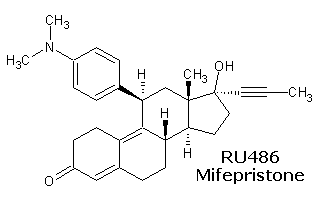Who says chemists don’t have a sense of humour, if you haven’t already seen Paul May’s Silly Molecules site check that out right now, but in the meantime some genuine acronyms from the world of spectroscopy
Insensitive Nuclei Enhanced by Polarization Transfer (INEPT)
Combined Rotation And Multiple Pulse Spectroscopy (CRAMPS)
HOmonucleaR ROtary Resonance (HORROR)
Nuclear Overhauser Effect SpectroscopY (NOESY)
COrrelation SpectroscopY (COSY)
Slice Interleaved Depth Resolved Surface Coil Spectroscopy (SLITDRESS)
Proton Enhanced Nuclear Induction Spectroscopy (P…you got it), which is often hyphenated with the next technique in the style of separations scientists who couple HPLC with ESI/MS and LC with DAD. Do I have to spell it out? We’d have P-V or V-P for that matter, depending on which technique came first.
Variably Adjusted Gamma Inhibiting Nuclear Association Spectroscopy (Okay, I made that one up, but I’m sure a spectroscopists somewhere is working on something similar), Hyphenated 2D versions of either this or the previous proton technique would be P-P and V-V.
There are many others including, CYCLOPS, HOHAHA, ROESY, SECSY, PASADENA, EXORCYCLE, DANTE, TOSS, INADEQUATE, ENDOR, FOCSY, HERPECS, DEPT, feel free to use the acronym search tool to validate the more suspect ones if you don’t trust me. Enter the acronym or abbreviation of interest in the yellow box on the right of that page and hit the GO button next to the phrase “Science Acronyms”.


